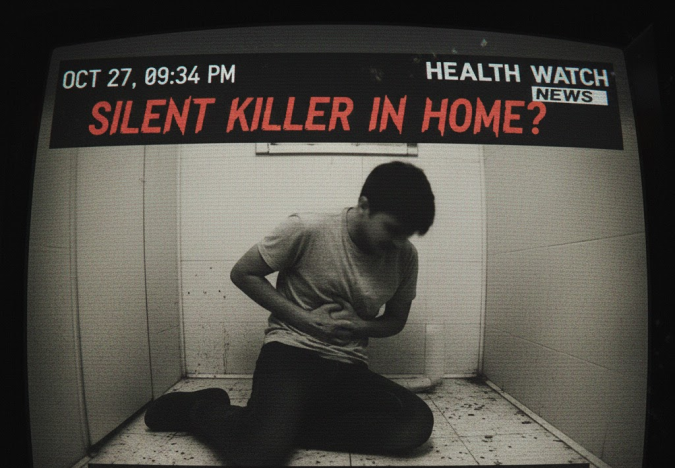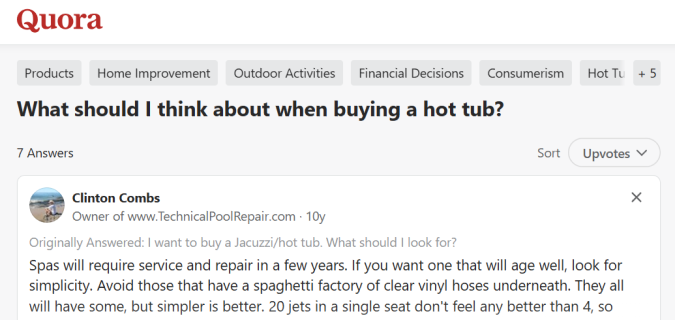Even if you rarely pay attention to marketing, I’m confident you’ve heard this fact (or a variation): the average American sees or hears 3,500+ advertising and marketing messages a day.
As I write, I’m in New York City and I probably see well over 5,000 messages during my waking hours.
Here in the Big Apple, it seems every space anyone can see is available: sides of buildings… stairs on the subway… bus shelters… taxi interiors… elevator walls… restaurant bathrooms… jackets… beer glasses (I’m told).
Here’s an example from the turnstiles on the New York subway.
You see advertising on the lower part of the turnstile but look super-closely and you’ll see advertising on the actual turnstile bar—in pink.
Now let’s do the math
If I spend approximately 16 hours awake, that’s 960 minutes and thus, in New York City, I see, on average, some type of advertising message every 20 seconds—depending on where my day takes me.
Large corporations spend millions crafting ways to grab your attention. They hire large agencies and, together, they spend hours in meetings creating ads so you pay attention to them—and not the competition.
If you’re a small business owner or the marketing manager of a mid-size company, you don’t have to spend millions. You can spend a fraction of that. But the first step is understanding how to get people to pay attention to your message.
The secret is AIDA
As a direct response copywriter, my first responsibility is to work out a way to grab the reader’s attention. In fact, there’s a classic copywriting formula called AIDA.
- Attention
- Interest
- Desire
- Action
I’ll focus on the ‘A’ in this article.
Sometimes it’s easy to get people’s attention
I just returned from the PGA Merchandise Show in Orlando. In three halls, each the size of a jumbo jet hangar, 45,000 of my closest friends gathered to meet and conduct golf business. I go because I write copy for a golf client.
It’s a challenge to differentiate one booth from another.
All the clothing booths look pretty much the same: beautiful clothes, beautiful people.
All the equipment booths look about the same: the latest clubs and balls with photos of the latest clubs and balls.
Some companies place young and attractive women outside the booth to garner attention; there’s no scientific data on the effectiveness of this tactic, but nobody at the show seems to complain.
At the 2014 show, Callaway used this tactic to get my attention.
Yes … that’s a tank in the booth. It’s huge (like most tanks). And it worked. I was stunned.
What to do when you don’t have a tank
I know, I know. It’s difficult to fit a full-size tank on a Web page.
So when you’re working on a Web page and you want to grab people’s attention, you have these weapons.
- Photos
- Sound
- Words
- Video
- Illustrations
You might think, as a copywriter, I focus only on #3. Wrong.
My job is to select images, decide if an MP3 might work, write a video script, consider illustrations, and, of course, test the headline.
If you’re working on a website or landing page yourself, then job #1 is to get people’s attention so they keep reading.
Let’s take a look at some attention-grabbing ads and websites
Here’s a famous ad from the 1930s for advertising agency Young and Rubicam.
Note their definition of impact: that quality in an advertisement which strikes suddenly against the reader’s indifference and enlivens his mind to receive a sales message.
A super definition of “grabbing” the attention of the reader.
Pro tip: Make a connection no one else has made before. That excites people’s imagination, which gets their attention.
Let’s take a look at some additional examples.
In the 1980s, Wendy’s got the attention of the hamburger-eating public with the famous “Where’s the Beef” ads.
The question entered the public’s lexicon. The attention grabbers were the “seasoned” women complaining about their hamburgers.
Pro tip: You don’t have to get super-creative to grab someone’s attention. Just make a point no one else is making.
Next up, this highly successful online ad simply provides a relatively basic headline, a photo of the product, plus an image of a young golfer—showing some happiness. Nothing crazy. Nothing bizarre.
Pro tip: Don’t try to be overly creative. Just make your point clearly and concisely.
If you feel so moved, and your testing shows it’s working, you can get a little crazy. You’ll see examples in the small “button” ads that appear on major news sites.
Pro tip: Test to know what works best for your audience. They might like crazy, over-the-top messaging or they may respond best to something that’s simple and direct.
5 tools for getting your prospect’s attention
I mentioned the five tools at your disposal for getting someone’s attention (photos, sound, words, videos, and illustrations). Now let’s take a look at each.
Headline
If you want to generate a measurable response to your Web page or ad, you MUST have a headline.
An ad with just photos, words, videos, or illustrations may impress people and it may get their attention, but it will not generate actual measurable response without a headline.
I wrote a blog post for Crazy Egg about headlines so I’ll only go into the basics in this blog.
- A headline must grab the reader’s attention in 3 seconds.
- Use one of these headline types:
- How-to (How to Be Thin)
- News style (Woman Loses 23 Pounds in 10 Minutes)
- Benefit (Weight Loss the Easy Way)
- Explanatory (How FastSlim Speeds Weight Loss)
- Testimonial (“I LOVE FastSlim So Much!”)
- Direct Offer (45% Off FastSlim Today)
- Guarantee (Lose 23 Pounds in 10 Minutes or Get Your Money Back)
- Be as specific as possible. (hence, in the headline above: 23 Pounds. 10 Minutes.)
- Headlines can be short or several lines.
- Use a pre-head, which is a short headline above the main headline. It’s also called an ‘eyebrow’ and you can use the word Attention. (ATTENTION: Fat People!)
- You can also use a sub-head or bullets (or both) directly below the main headline.
Video
In the online space, many people like to use video. Personally, I will rarely watch a video on a landing page, but many do, so it’s worth testing.
If you include a video, make sure it’s relevant to the sales message and tells the reader to keep reading. Include a tease like, “in the message below, you’re going to discover exciting news about losing weight quickly—and safely.”
In reality, that’s not a tease but a headline!
Images
Many ads and landing pages work without any images at all. However, much of my copy includes an attention-grabbing image next to the headline.
- You can use the photo of the expert who is the ‘author’ of the message.
- Before-and-after photos work well for some products, especially in the health space.
- You can use a “crazy” image that really has little to do with the product or service but makes the reader laugh or wince.
- Some marketers believe a celebrity will help them get your attention.
- Others like to use photos of dogs or smiling children.
- When in doubt, show happiness or the end result.
Audio
I’ve written landing pages with a “play now” button with an audio message.
As with video, include a headline or sub-head telling the reader to watch the video or listen to the audio.
Here’s why: From a young age, society successfully programs us to follow directions like “enter here” or “no parking.” Make certain you give clear directions to the reader.
Test what works
No matter which of these five attention grabbers you choose for your Web pages, it’s vital to test them so you discover what works.
Copy alone may work. A video might give you an improvement in conversion. Test different types of photos. I never know what’s going to be effective until the copy goes live.
But always remember, the first job of the copywriter (and the marketer) is to grab the reader’s attention.
Don’t miss these other Crazy Egg articles by Scott Martin.












